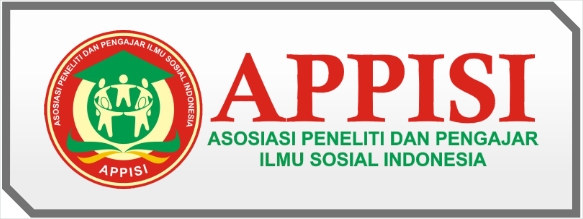Studi Perbandingan Hukum Negara Indonesia dengan Negara Filipina Tentang Pengaturan Pertanggung Jawaban Pidana Anak
DOI:
https://doi.org/10.59581/doktrin.v2i4.3666Keywords:
Criminal Accountability, Children, Age, Legal ComparisonAbstract
This research aims to provide a comprehensive analysis of the structure of child criminal liability in Indonesia and the Philippines, as well as to ascertain the specific nature of child criminal liability in both countries. This study is a prescriptive normative legal research. The research methodologies employed include the legal approach, the comparison approach, and the conceptual approach. The legal resources used can be classified into primary and secondary sources. To ensure the acquisition of precise primary and secondary data for this paper, data gathering is conducted through a thorough examination of relevant literature pertaining to the principles and regulations governing the child criminal justice system. This research focuses on comparing the legislation of child criminal culpability in Indonesia and the Philippines. The child criminal justice system is governed by specific legislation. In the State of Indonesia, it is managed by the Child Criminal Justice System Act, while in the Philippines, it is regulated by Republic Act No. 9344, with revisions made by Republic Act No. 10630. In Indonesia, the age at which a kid can be held criminally liable is between 12 and less than 18 years old. In the Philippines, children can be held criminally liable starting at the age of at least 15 years old and up to less than 18 years old. In the Philippines, there is a kind of criminal culpability that results in automatic suspension, removal from position, probation, and the application of vicarious liability for parents. Child criminal culpability in Indonesia is determined based on individual responsibility, as stated in Article 71 of the Child Criminal Justice System Law. This law specifies the application of criminal sanctions. Additionally, Article 82 of the same law outlines the imposition of action punishments.References
Aqsa, Alghiffari, and Muhamad Isnur. Mengawal Perlindungan Anak Berhadapan Dengan Hukum, 2012.
Chairul Huda. Dari Tiada Pidana Tanpa Kesalahan Menuju Kepada Tiada Pertanggungjawabanpidana Tanpa Kesalahan. jakarta: Kencana, 2006.
Indah, Putri Jasminta. “Optimalisasi Pengaturan Pertanggungjawaban Pidana Anak ( Studi Perbandingan Hukum Negara Indonesia Dengan Negar Filipina )” 03, no. 02 (2024): 158–66.
“Konsep Anak Dan Pertanggungjawaban Pidana Dalam,” no. 11 (2012): 40–56.
M. Nasir Djamil. Anak Bukan Untuk Dihukum. 1st ed. Jakarta timur: Sinar Grafika, 2022.
Pramatama, Kadek Danendra, and Komang Pradnyana Sudibya. “‘Pemidanaan Terhadap Anak Yang Melakukan Tindak Pidana Pembunuhan.’” Jurnal Universitas Udayana, 2019. Pramatama, Kadek Danendra, and Komang Pradnyana Sudibya. %22Pemidanaan Terhadap %0AAnak Yang Melakukan Tindak Pidana Pembunuhan.%22 Jurnal Universitas Udayana, Denpasar%0A(2019).
Republic Act. “Republic Act No. 9344 with Amendments RepublRepublic Act. ‘Republic Act No. 9344 with Amendments Republic Act No. 10630.’ 2013, 2013. Https://Www.Tuloyfoundation.Online/New-Page-2.Ic Act No. 10630.” 2013, 2013. https://www.tuloyfoundation.online/new-page-2.
Undang-Undang Nomor 11 Tahun 2012 tentang Sistem Peradilan Pidana Anak
Downloads
Published
How to Cite
Issue
Section
License
Copyright (c) 2024 Doktrin:Jurnal Dunia Ilmu Hukum dan Politik

This work is licensed under a Creative Commons Attribution-ShareAlike 4.0 International License.














